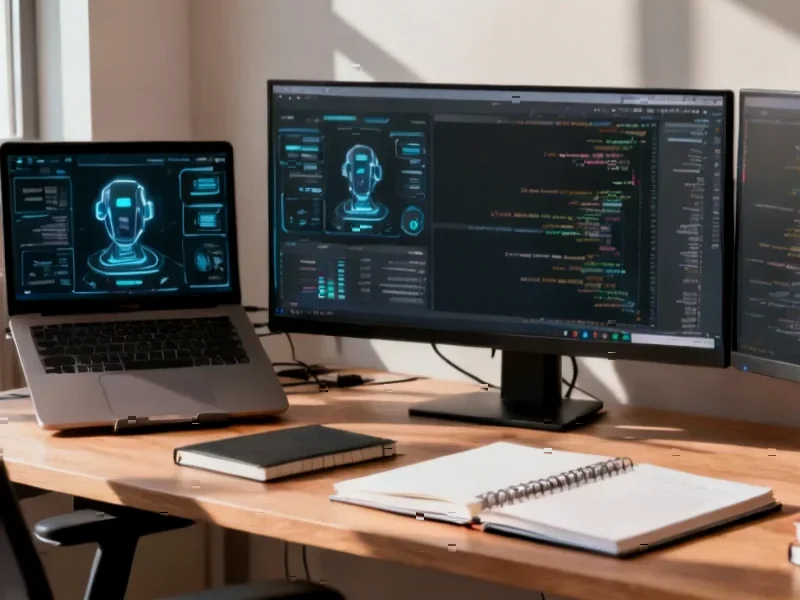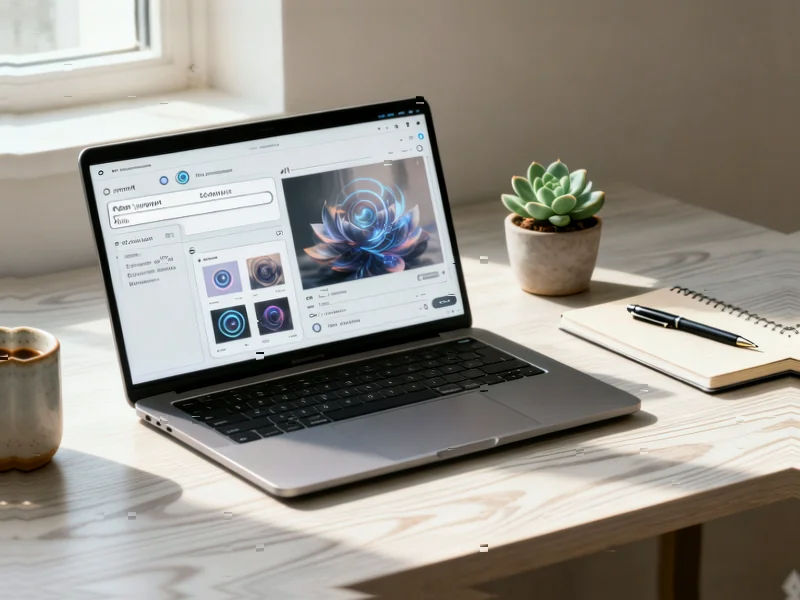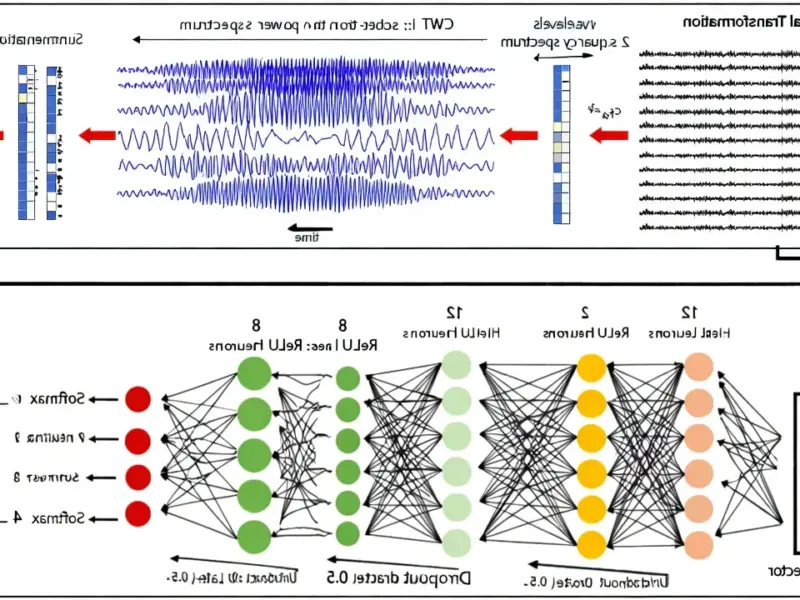According to Business Insider, AI adoption among software professionals has surged to 90% this year, a 14% increase from 2023. Engineers like Andrew Wang at e-commerce AI startup Fermat say they’re having fewer casual, face-to-face interactions with colleagues because they now turn to AI first for questions that used to spark impromptu conversations. Cisco’s Anurag Dhingra calls software engineering the “bleeding edge of what is possible with AI,” noting that sophisticated AI agents are starting to feel like coworkers. The shift means entry-level workers have fewer opportunities for small talk and building connections, while team meetings are evolving from practical troubleshooting to deeper discussions about system design and architecture.
AI replaces water cooler chats
Here’s the thing about software engineering – it was already a pretty solitary job. But now AI is taking what little social interaction remained and automating it. Engineers used to walk over to a colleague’s desk to ask about undocumented processes or old code patterns. Now they’re feeding that context into GitHub Copilot and getting immediate answers.
Think about what’s being lost here. Those casual “hey, check this out” moments weren’t just about solving technical problems – they were how relationships formed, how junior engineers learned company culture, how mentorship happened organically. Feneel Doshi nailed it when he said workplace culture “depends on deliberate connection and not just productivity tools.”
The productivity paradox
But let’s be real – the productivity gains are undeniable. Geeta Shankar at Salesforce says tasks that used to take two days now take five hours. Sumanu Rawat at Walmart Global Tech remembers waiting hours for a 15-minute mentor meeting that AI now handles instantly. That’s massive.
The question is whether we’re trading short-term efficiency for long-term cultural health. When every small question goes to AI instead of a human, what happens to team cohesion? To knowledge sharing? To the informal networks that make organizations resilient?
Meetings get smarter
There’s an interesting silver lining though. The conversations engineers ARE having are becoming more substantive. As Doshi put it, “We’re debating tradeoffs, not the syntax.” Teams are spending less time on “how do we build this?” and more on “what should we build?”
Basically, AI is handling the grunt work while humans focus on strategy. Rawat says role boundaries are blurring, with software engineers thinking more like product managers. That’s probably a good thing – it pushes everyone up the value chain.
Intentional connection
So where does this leave us? Cisco’s Dhingra thinks the isolation is a “temporary phase” that will lead to collaboration around bigger problems. And he might be right – but it requires conscious effort.
Prashanthi Padmanabhan at LinkedIn noticed more entry-level engineers and interns deliberately getting coffee with leaders. That’s promising. The spontaneous connections might be fading, but maybe we’re replacing them with more meaningful, intentional ones.
The real test will be whether companies recognize that AI isn’t just a productivity tool – it’s reshaping their social fabric. And that requires just as much thoughtful design as any software architecture.




